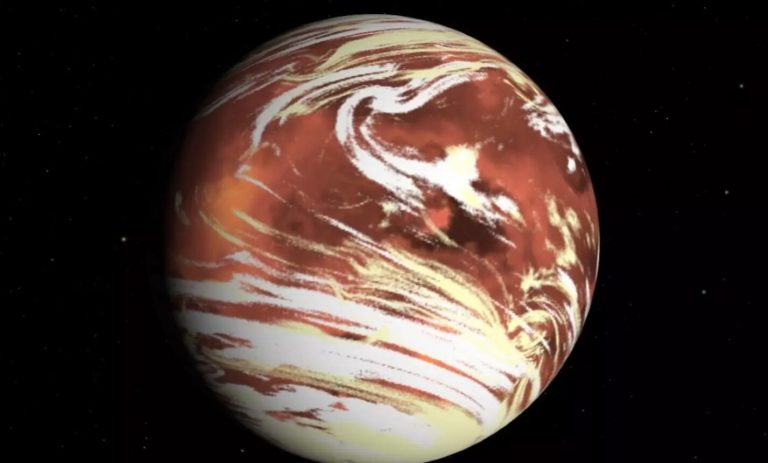NASA has discovered a remarkable new planet, LHS 1140 b, which is being described as a ‘super-Earth’ capable of harboring life. Initially found in 2017, this exoplanet is six times the mass of Earth and exhibits potential for an ocean of liquid water and a nitrogen-rich atmosphere. Such characteristics make it a prime candidate for studying extraterrestrial life possibilities.
Using the James Webb Space Telescope (JWST), scientists have delved into the planet’s atmosphere, unveiling even more Earth-like traits. Lead researcher Charles Cadieux highlighted LHS 1140 b as a promising candidate for confirming the presence of liquid water on an alien world. The planet’s composition has puzzled scientists due to its unexpected mass, sparking debates on whether it’s a ‘mini-Neptune’ filled with gas or a ‘mega-Earth’ covered in water or ice.

To solve this mystery, researchers combined data from JWST, Hubble, and Spitzer telescopes. Their findings lean towards LHS 1140 b being a ‘water world’ with a rocky core rather than a gaseous mini-Neptune. Further investigations suggest it might possess a thick atmosphere akin to Earth’s, with hints of nitrogen present.
Professor René Doyon, who supervised the study, mentioned the necessity for additional observations to confirm the atmospheric composition and detect elements like carbon dioxide. This discovery marks a significant milestone in the quest for habitable exoplanets, showcasing the extraordinary potential of advanced space technologies in expanding our understanding of the universe.




